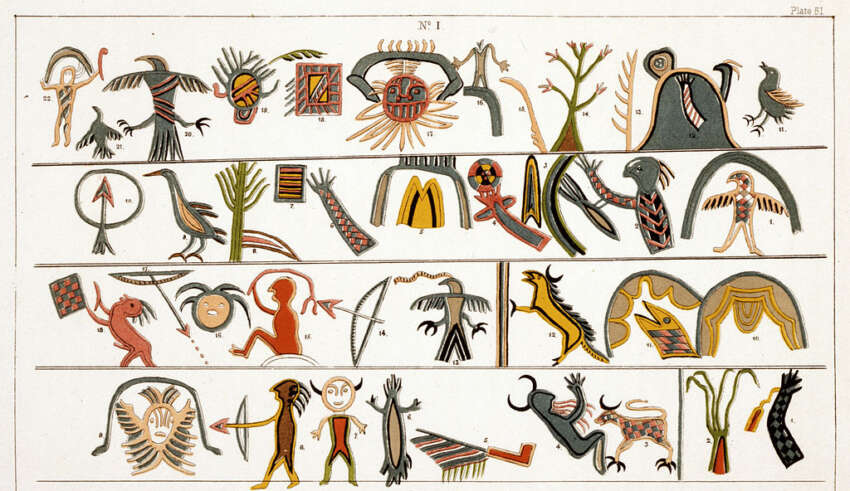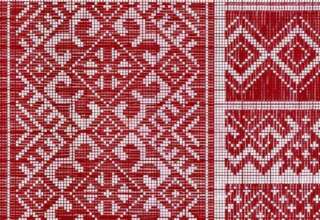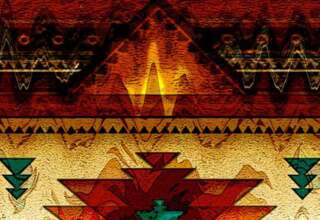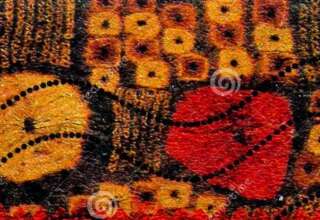
The Ojibwe language is known as Anishinaabemowin or Ojibwemowin, and is still widely spoken, although the number of fluent speakers has declined sharply. Today, most of the language’s fluent speakers are elders. Since the early 21st century, there is a growing movement to revitalize the language and restore its strength as a central part of Ojibwe culture. Ojibwemowin is the fourth-most spoken Native language in North America after Navajo, Cree, and Inuktitut. Many decades of fur trading with the French established the language as one of the key trade languages of the Great Lakes and the northern Great Plains. By the end of the 18th century, the Ojibwe controlled nearly all of present-day Michigan, northern Wisconsin, and Minnesota, including most of the Red River area. They also controlled the entire northern shores of lakes Huron and Superior on the Canadian side and extending westward to the Turtle Mountains of North Dakota.
The Ojibwe were part of a long-term alliance with the Anishinaabe Odawa and Potawatomi peoples, called the Council of Three Fires. They fought against the Iroquois Confederacy, based mainly to the southeast of the Great Lakes in present-day New York, and the Sioux to the west. The Ojibwa stopped the Iroquois advance into their territory near Lake Superior in 1662. Then they formed an alliance with other tribes such as the Huron and the Odawa who had been displaced by the Iroquois invasion. Together they launched a massive counterattack against the Iroquois and drove them out of Michigan and southern Ontario until they were forced to flee back to their original homeland in upstate New York. At the same time the Iroquois were subjected to attacks by the French. This was the beginning of the end of the Iroquois Confederacy as they were put on the defensive. The Ojibwe expanded eastward, taking over the lands along the eastern shores of Lake Huron and Georgian Bay. In 1745, they adopted guns from the British in order to repel the Dakota people in the Lake Superior area, pushing them to the south and west. In the 1680s the Ojibwa defeated the Iroquois who dispersed their Huron allies and trading partners. This victory allowed them a “golden age” in which they ruled uncontested in southern Ontario.
Often, treaties known as “peace and friendship treaties” were made to establish community bonds between the Ojibwe and the European settlers. These established the groundwork for cooperative resource-sharing between the Ojibwe and the settlers. The United States and Canada viewed later treaties offering land cessions as offering territorial advantages. The Ojibwe did not understand the land cession terms in the same way because of the cultural differences in understanding the uses of land. The governments of the U.S. and Canada considered land a commodity of value that could be freely bought, owned and sold. The Ojibwe believed it was a fully shared resource, along with air, water and sunlight—despite having an understanding of “territory”. At the time of the treaty councils, they could not conceive of separate land sales or exclusive ownership of land. Consequently, today, in both Canada and the U.S., legal arguments in treaty-rights and treaty interpretations often bring to light the differences in cultural understanding of treaty terms to come to legal understanding of the treaty obligations.
In part because of its long trading alliance, the Ojibwe allied with the French against Great Britain and its colonists in the Seven Years’ War (also called the French and Indian War). After losing the war in 1763, France was forced to cede its colonial claims to lands in Canada and east of the Mississippi River to Britain. After Pontiac’s War and adjusting to British colonial rule, the Ojibwe allied with British forces and against the United States in the War of 1812. They had hoped that a British victory could protect them against United States settlers’ encroachment on their territory.






